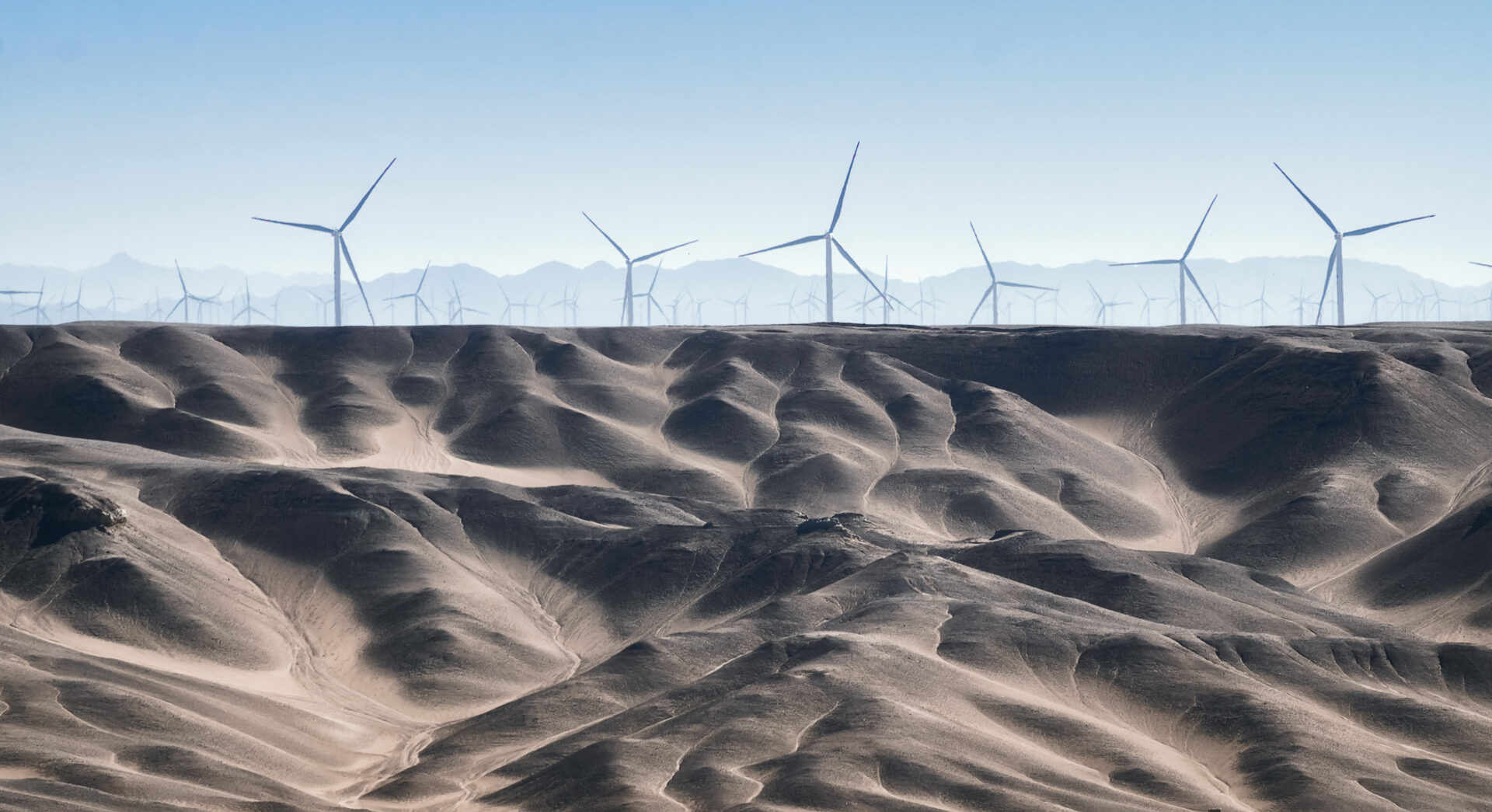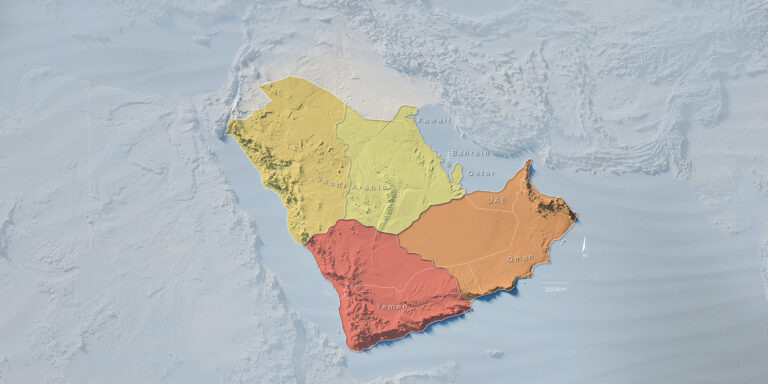Applied Mathematics and Computational Sciences
Accounting for extreme weather to boost energy system reliability
A computer model that factors in extreme weather events offers insights to improve the design of NEOM’s integrated renewable power, water and heating sectors.

Saudi Arabia’s government aims to generate more than half of the country’s electricity from renewable sources by 2030. This goal is particularly pertinent in the NEOM region, where an ambitious large-scale project is underway to build a community powered entirely by renewable energy sources.
KAUST researchers have developed a clustering-optimization model that could help to design an integrated multisector energy system for NEOM[1]. Crucially, their model factors in days when weather conditions are such that the demand for total electricity becomes extreme in that part of the world. For example, when limited solar irradiation or no wind means the system comes close to being unable to supply the required electricity.
“Existing optimization models use weather input data, but usually ignore outliers, which is unhelpful when it comes to determining reliability in renewable power generation,” says Ricardo Lima at KAUST. Lima worked on the project with colleagues including Jefferson Riera and Justin Ezekiel, under the supervision of KAUST faculty members Omar Knio and Martin Mai.
“The inherent intermittency of wind and solar power means that it is vital to factor in weather pattern variability, including extreme events,” continues Lima. “Integrating renewable technologies across sectors is another important consideration. We took a novel multisector approach to optimize the proposed system.”
The researchers used past weather data (2008-2018) from the NEOM region in their model. Their approach incorporates the interactions between electricity generation, water desalination and heating generation, allowing for the exchange of information about demand and generation throughout the system.
The model could be expanded to include district cooling systems and novel energy storage methods. The results provide valuable insights for both NEOM and Saudi Arabia’s national power systems.
“Our optimization method searches through many combinations of renewable power generation, water desalination, geothermal energy and heat conversion technologies to identify the best operational conditions to meet hourly demands,” says Riera. “Our goal is to design an efficient system that minimizes yearly investments and operating costs.”
The model highlights several key points for planners to consider. Firstly, designing 100% renewable systems without factoring in extreme weather conditions results in energy demands not being met. This leads to a continued reliance on external power or water supplies at certain times. However, if sufficient storage and flexibility are built into the system — and extreme weather is factored in — the reliability of the system significantly improves.
“NEOM’s system could benefit from harnessing concentrated solar power and overall costs would be reduced by investing in geothermal energy, particularly for the heating sector,” says Lima. “For NEOM’s power system, the costs of extreme weather events could be mitigated by including 10% of energy generated from fossil fuels.”
The team will continue to refine and optimize their model further. For example, the model does not yet consider fluctuations in renewable technologies’ capital and operational costs, which may affect the resulting energy system. The team also plans to incorporate hydrogen production and its conversion to other chemicals in the model.
“This specific work relied on historical weather data, but it could easily be adapted to use projections from climate change models for specific regions. We hope to leverage these projections to design resilient energy systems in the face of climate change,” concludes Knio.
Reference
- Riera, J.A., Lima, R.M., Ezekiel, J., Mai, P.M. & Knio, O. Addressing extreme weather events for the renewable power-water-heating sectors in Neom, Saudi Arabia. Nature Communications Earth & Environment 5, 614 (2024).| article
You might also like

Applied Mathematics and Computational Sciences
Bringing an old proof to modern problems

Applied Mathematics and Computational Sciences
Past and future drought patterns across the Arabian Peninsula

Applied Mathematics and Computational Sciences
New pattern for underwater resonators

Applied Mathematics and Computational Sciences
Finer forecasting to improve public health planning

Applied Mathematics and Computational Sciences
Global look at sex differences in young people's mortality

Applied Mathematics and Computational Sciences
Going likelihood-free with neural networks

Applied Mathematics and Computational Sciences
A simple solution for frequency sharing

Applied Mathematics and Computational Sciences




